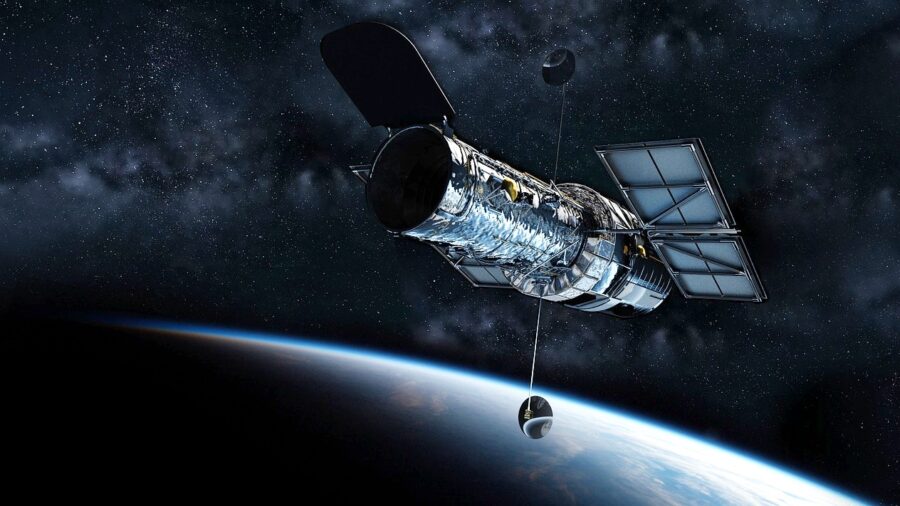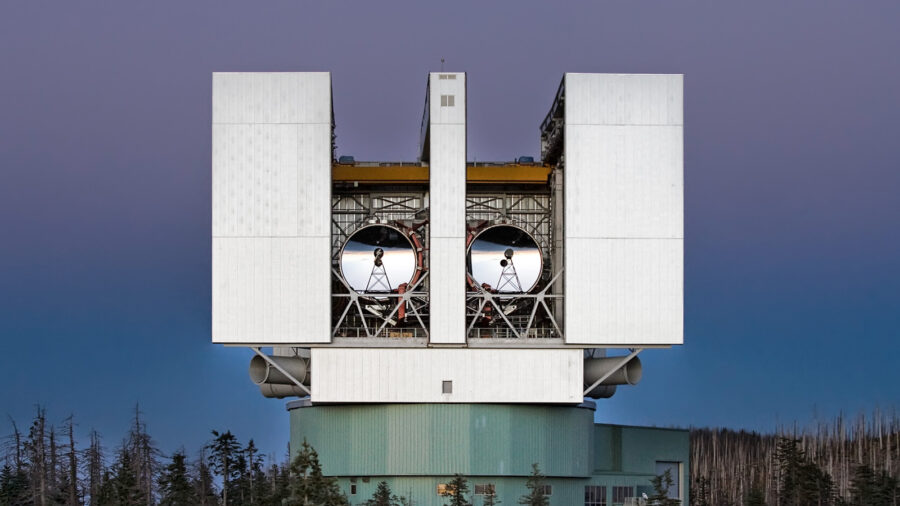Earth’s Most Important Telescopes Are Being Shut Down By An Unknown Force

Cyber attackers are targeting National Science Foundation (NSF) telescopes, and no one knows why. According to Science.org, since the beginning of August, an unknown “cyber incident” has disrupted an NSF center tasked with coordinating international astronomy efforts. The attacks have disconnected telescopes in Hawaii and Chile, preventing scientists from conducting research during important observation windows.
The NSF-run coordinating center for ground-based astronomy, known as NOIRLab, reported the apparent cyberattack on August 1. The Gemini North telescope in Hilo, Hawaii, operated by the International Gemini Observatory, was the first to be affected.
The quick response from NOIRLab’s cybersecurity team and observing teams managed to prevent any physical damage to the observatory, but the incident prompted the shutdown of operations at both the Gemini North and its twin, Gemini South, located on Cerro Pachón mountain in Chile.
The shutdown has caused researchers to miss critical observation windows, impacting international projects, doctoral theses, and ongoing research.
NOIRLab’s computer systems typically allow astronomers to remotely operate various ground-based telescopes. However, on August 9, the center disconnected its computer network from the Mid-Scale Observatories (MSO) network on Cerro Tololo and Cerro Pachon, rendering remote observations impossible at the Víctor M. Blanco 4-meter and SOAR telescopes. Additionally, the shutdown has affected eight other affiliated telescopes in Chile.

As a result of this cyber incident, researchers are facing numerous challenges. The astronomical community heavily relies on precise timing to capture celestial events, and hackers were not part of the equation. The shutdown has caused researchers to miss critical observation windows, impacting international projects, doctoral theses, and ongoing research.
Cybersecurity experts are puzzled as to why the Gemini North telescope became the target of this attack. Von Welch, the retired lead of the NSF Cybersecurity Center of Excellence, suggested that the attacker might not even be aware they are targeting an observatory.
Luis Welbanks, an astronomy postdoc at Arizona State University, highlighted the unique challenges this incident poses to astronomers. His research, which involves studying the atmospheres of exoplanets using high-resolution images from Gemini South, has been severely hindered. The longer the telescopes are shut down, the more anxious astronomers become about the future of their projects.
The NOIRLab staff has been working tirelessly to find temporary solutions to the lack of remote observing capabilities. On-site staff at affected telescopes have stepped up to help researchers implement their observations, but this model is not sustainable in the long term. The prospect of dispatching graduate students to Chile for in-person observations is being considered to mitigate the impact.
Cybersecurity experts are puzzled as to why the Gemini North telescope became the target of this attack. Von Welch, the retired lead of the NSF Cybersecurity Center of Excellence, suggested that the attacker might not even be aware they are targeting an observatory.
National Science Foundation telescopes worldwide are the targets of mysterious cyber attacks.
Gautham Narayan, an astronomer at the University of Illinois Urbana-Champaign, praised NOIRLab’s response to the telescope fiasco but emphasized the need for the community to rethink its approach to managing identity and access software. He stressed that a single overlooked vulnerability can compromise even the strongest defenses.
Patrick Lin, who leads an NSF-funded space cybersecurity grant at California Polytechnic State University, echoed this sentiment, stating that the weakest link in cybersecurity often lies with humans. While the incident has caused setbacks, it has also prompted a renewed commitment to enhancing security measures for telescopes across astronomical research facilities.












